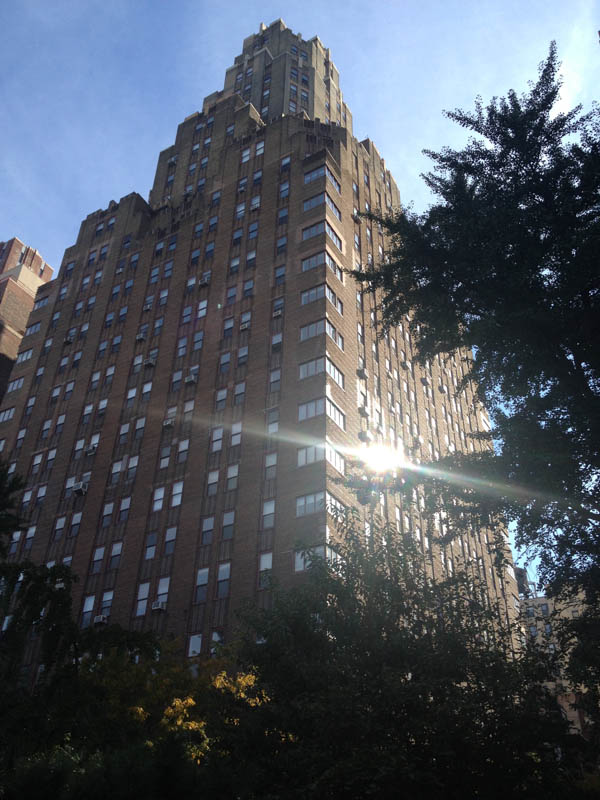 Master Apartments: The First Eight Decades
Master Apartments: The First Eight Decades
The Master Building was originally conceived as an apartment hotel atop three floors containing a cultural center and the Roerich museum, which displayed over 1,000 of the works of Russian-born Nicholas Roerich, a prolific artist, mystic, philosopher, explorer, scientist, author, educator, lecturer and Nobel Peace Prize nominee.
The Master was financed and developed by financier and statesman Louis Horch, a Roerich devotee and major contributor to the Roerich family. Dedicated to Roerich’s utopian vision of art and culture uplifting and unifying human consciousness, ultimately leading to world peace, the building’s Master Institute of United Arts contained schools of architecture, painting, sculpture, interior design and music and dance, plus galleries, theaters, conference rooms, exhibition halls, a dining room and two libraries.
Several floors in the building were made available to cultural and scholarly organizations and societies. The apartments were small, mostly studios with modest rents to make the building accessible to artists, singers, actors, musicians and scholars. Residents were invited to attend lectures, exhibitions and concerts free of charge.
In the early 1930’s, at the height of the depression, the institute and museum fell on hard times. One of its last lecturers was Eleanor Roosevelt, who gave a talk at the museum in 1932 on the problems of modern women.
The Riverside Museum
In 1938, Horch, after a falling out with Roehich, put the artist’s works in storage and rededicated the museum to the exhibition of contemporary American and foreign art and sculpture, renaming it the Riverside Museum. The museum, which maintained an adult education program, remained open for decades, until the building was sold and then operated as a traditional rental complex until its conversion to a cooperative in 1988.
Former residents at the Master have included Tommy Tune, Elie Wiesel, Rollo May, Billy Strayhorn, Murray Shisgal and Kate Shindle (Miss America, 1998). Some great artists studied and practiced in its studios, including Lena Horne, Marian Anderson, Isaac Stern and Yehudi Menuhin.
Equity Library Theater
The Master’s role as an incubator for the creative arts was reinvigorated when, in 1961, the 300-seat theater on its ground floor was occupied by the Equity Library Theater. ELT, predating the off-Broadway movement when it was founded in 1943, provided a place for actors and directors to display their work to casting directors and appreciative audiences.
While at the Master Building, ELT showcased such actors as James Earl Jones, Jean Stapleton, Treat Williams, Hector Elizando and Eartha Kitt. The Negro Ensemble Theater, founded by Douglas Turner Ward, opened its 24th season at ELT in 1991.
Nicholas Roerich’s legacy lives on in the nearby Roerich Museum at 307 West 107th Street, a brownstone which displays the artist’s artistic and literary works and offers concerts and poetry readings.

